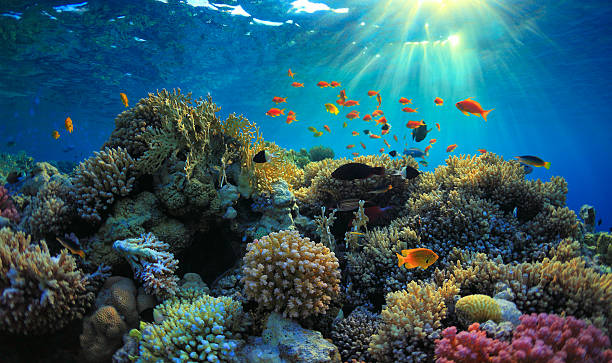Unraveling the Mysteries of Cenote Diving: A Subterranean Adventure
Beneath the lush jungles of Mexico's Yucatan Peninsula lies a hidden world of underwater caves and tunnels, known as cenotes. These natural sinkholes, formed by the collapse of limestone bedrock, offer a unique diving experience that combines the thrill of cave exploration with the beauty of crystal-clear freshwater. As adventure seekers increasingly look for extraordinary experiences, cenote diving has emerged as a captivating pursuit that challenges conventional notions of scuba diving and pushes the boundaries of underwater exploration.

The Geological Marvel of Cenotes
The formation of cenotes is a testament to the power of nature over time. These sinkholes are the result of millions of years of geological processes. As rainwater, slightly acidic due to absorbed carbon dioxide, percolates through the limestone, it slowly dissolves the rock, creating underground caverns. Eventually, the ceiling of these caverns collapses, exposing the groundwater beneath and forming a cenote. This process has created an extensive network of underwater caves throughout the Yucatan Peninsula, with some systems stretching for hundreds of kilometers.
Types of Cenote Dives: From Novice to Expert
Cenote diving offers experiences for divers of all skill levels. Open cenotes, with their direct access to sunlight, provide an ideal introduction to this unique environment. These sites often feature stunning light shows as sunbeams pierce the water, creating ethereal underwater landscapes. For more experienced divers, cavern dives offer the opportunity to venture deeper into the cenote system while remaining within sight of natural light. Full cave diving, reserved for specially trained and certified divers, involves navigating through complex underground passages, requiring advanced skills and equipment.
The Ecological Significance of Cenotes
Beyond their geological and cultural importance, cenotes play a crucial role in the region’s ecosystem. These underground water systems are home to a diverse array of aquatic life, including endemic species found nowhere else on Earth. Some cenotes harbor ancient life forms that have remained unchanged for millions of years, offering scientists valuable insights into evolution and adaptation. The interconnected nature of cenotes also makes them vital to the health of the surrounding jungle, providing water and nutrients to the lush vegetation above.
Preserving the Underwater World: Responsible Cenote Diving
Essential Guidelines for Cenote Exploration:
• Always dive with a certified guide familiar with the specific cenote system
• Use proper buoyancy control to avoid damaging delicate formations
• Never touch or remove artifacts; report any findings to local authorities
• Respect any areas marked as off-limits, often for conservation or safety reasons
• Use environmentally friendly sunscreen to protect the sensitive ecosystem
• Participate in local conservation efforts to help preserve these unique environments
The Future of Cenote Diving: Balancing Tourism and Conservation
As cenote diving gains popularity, the delicate balance between tourism and conservation becomes increasingly crucial. Local communities, government agencies, and environmental organizations are working together to develop sustainable practices that allow visitors to experience the wonder of cenotes while protecting these fragile ecosystems. Innovative approaches, such as limited entry systems and advanced wastewater management, are being implemented to minimize human impact. The future of cenote diving lies in responsible exploration, where adventure and preservation go hand in hand, ensuring that these underground marvels continue to inspire and amaze generations to come.
In conclusion, cenote diving offers a mesmerizing journey into a world few have experienced. It combines the thrill of exploration with the serenity of underwater landscapes, all while providing a unique window into ancient history and geological wonders. As we continue to unravel the mysteries of these subterranean realms, the importance of responsible stewardship becomes ever more apparent, safeguarding these natural treasures for future adventurers and scientists alike.





